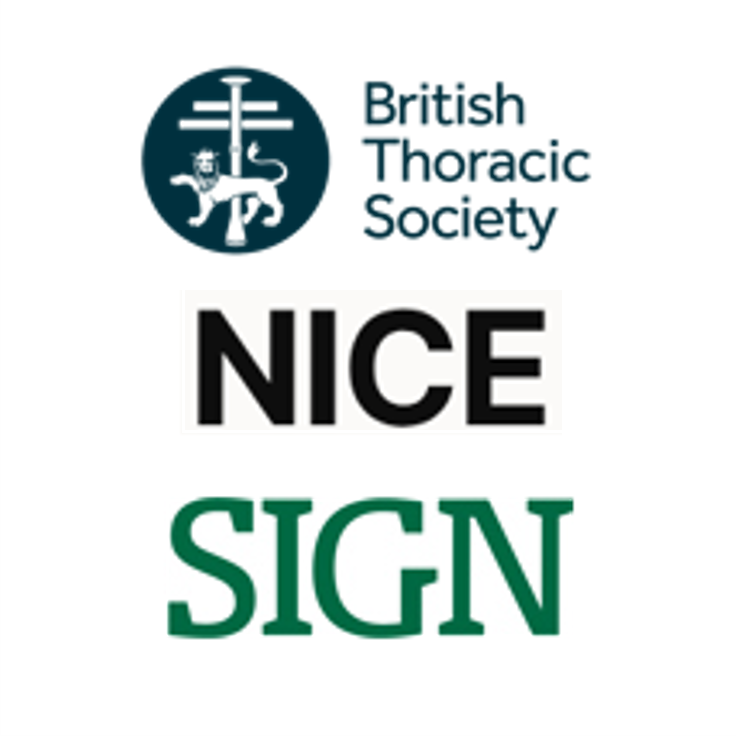The table below details criteria for assessment of severity of acute asthma attacks in children.
Levels of severity of acute asthma attacks in children
(639)
Moderate acute asthma
- Able to talk in sentences
- SpO2 ≥92%
- PEF ≥50% best or predicted
- Heart rate:
- ≤140/min in children aged 1–5 years
- ≤125/min in children >5 years
- Respiratory rate:
- ≤40/min in children aged 1–5 years
- ≤30/min in children >5 years.
Acute severe asthma
- Can’t complete sentences in one breath or too breathless to talk or feed
- SpO2 <92%
- PEF 33–50% best or predicted
- Heart rate
- >140/min in children aged 1–5 years
- >125/min in children >5 years
- Respiratory rate
- >40/min in children aged 1–5 years
- >30/min in children >5 years.
Life-threatening asthma
SpO2 <92% plus any one of the following in a child with severe asthma:
Clinical signs
Measurements
- Exhaustion
- Hypotension
- Cyanosis
- Silent chest
- Poor respiratory effort
- Confusion
- PEF <33% best or predicted
Before children can receive appropriate treatment for an acute asthma attack in any setting, it is essential to assess accurately the severity of their symptoms.
The following clinical signs should be recorded:
- Pulse rate
- increasing tachycardia generally denotes worsening asthma; a fall in heart rate in life-threatening asthma is a preterminal event
- Respiratory rate and degree of breathlessness
- ie too breathless to complete sentences in one breath or to feed
- Use of accessory muscles of respiration
- best noted by palpation of neck muscles
- Amount of wheezing
- which might become biphasic or less apparent with increasing airways obstruction
- Degree of agitation and conscious level
- always give calm reassurance.
Clinical signs correlate poorly with the severity of airways obstruction.640-643 Some children with acute severe asthma do not appear distressed.
